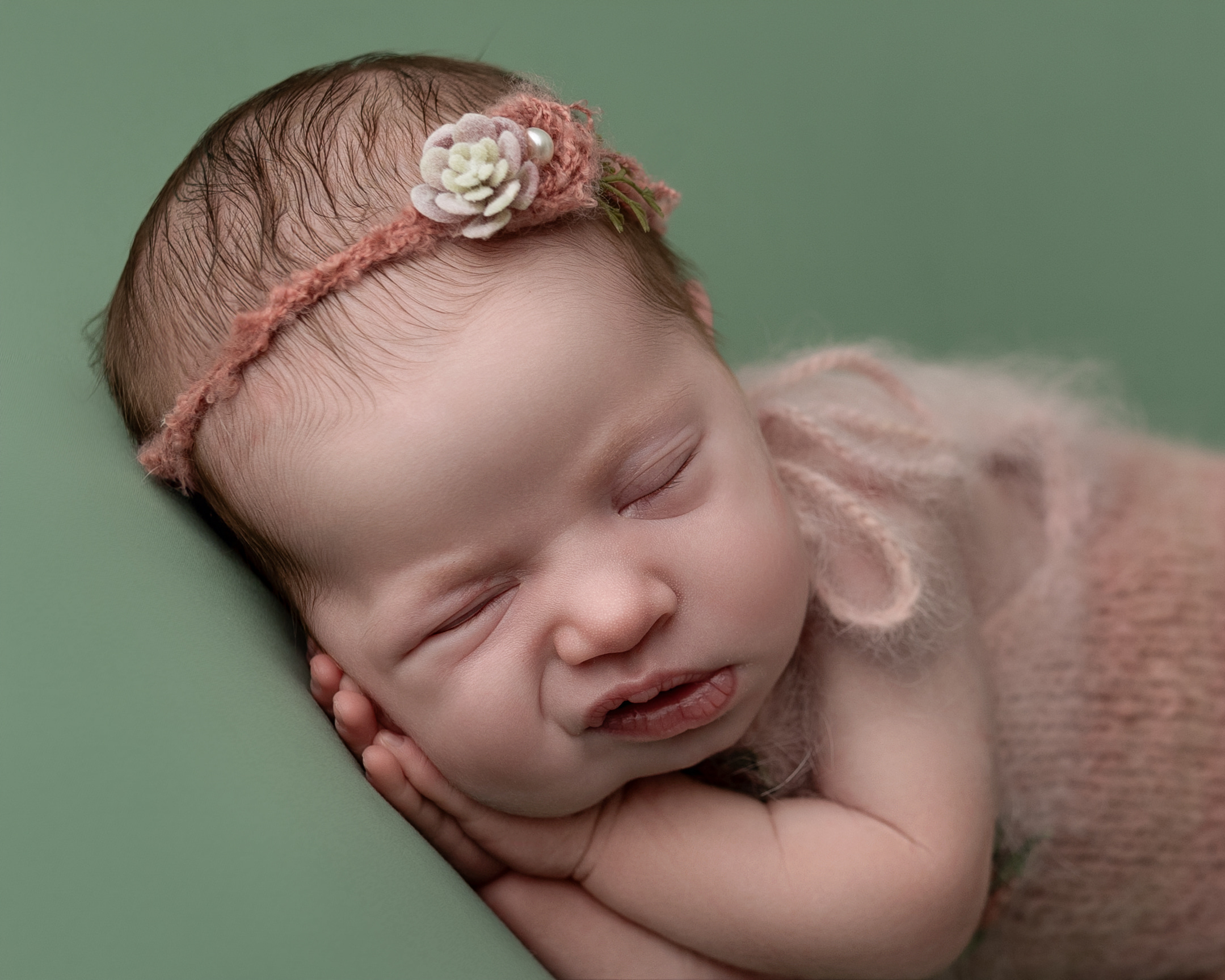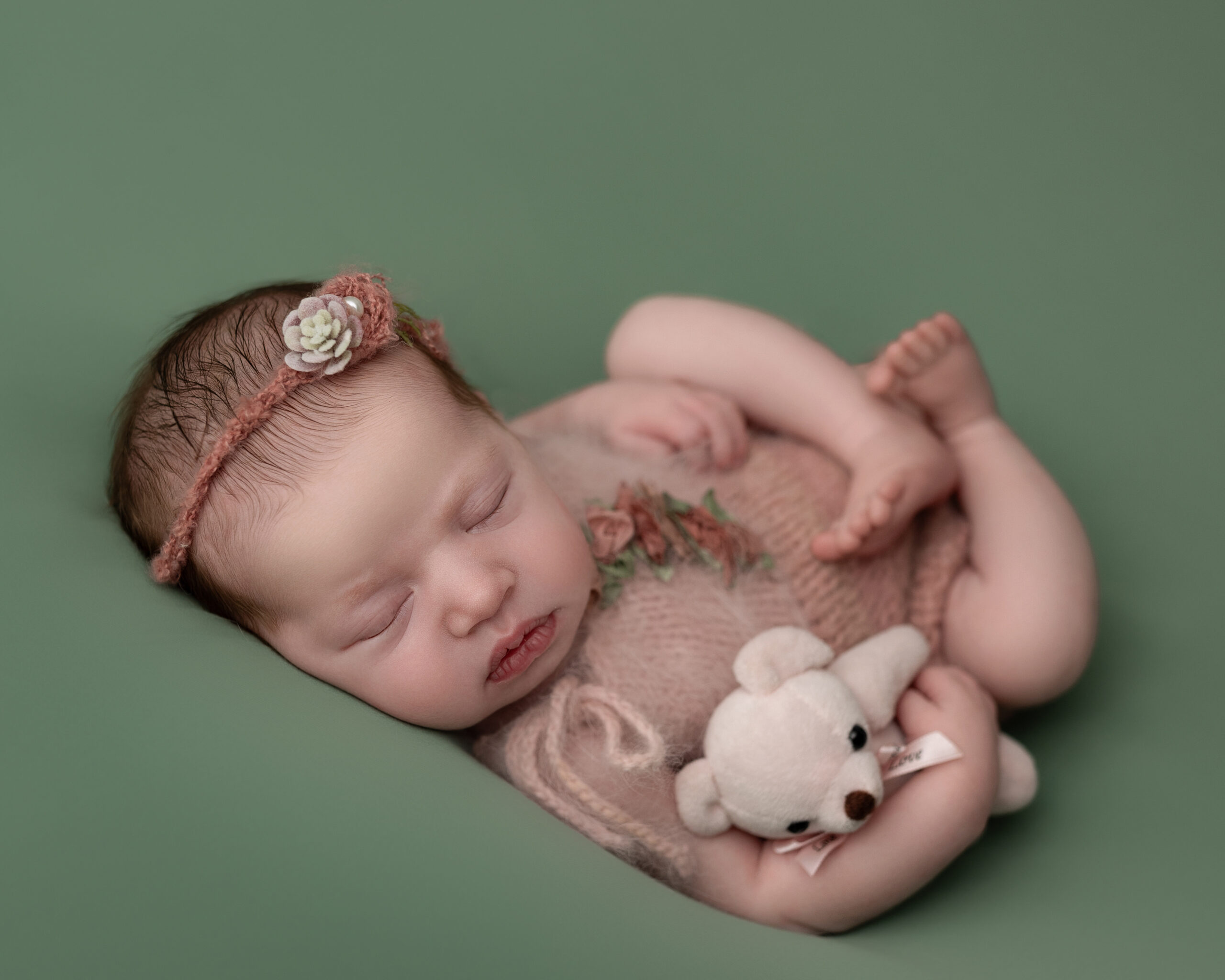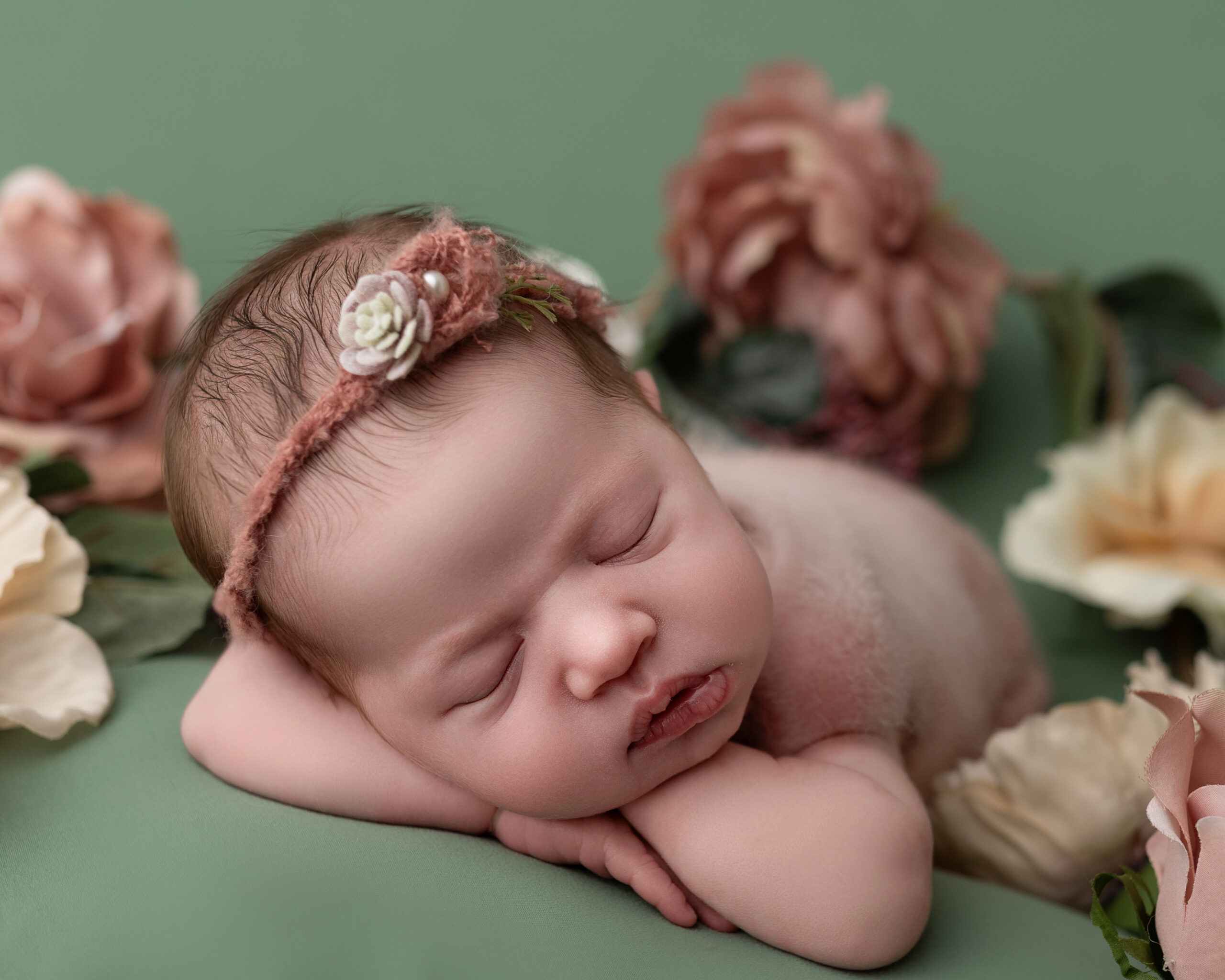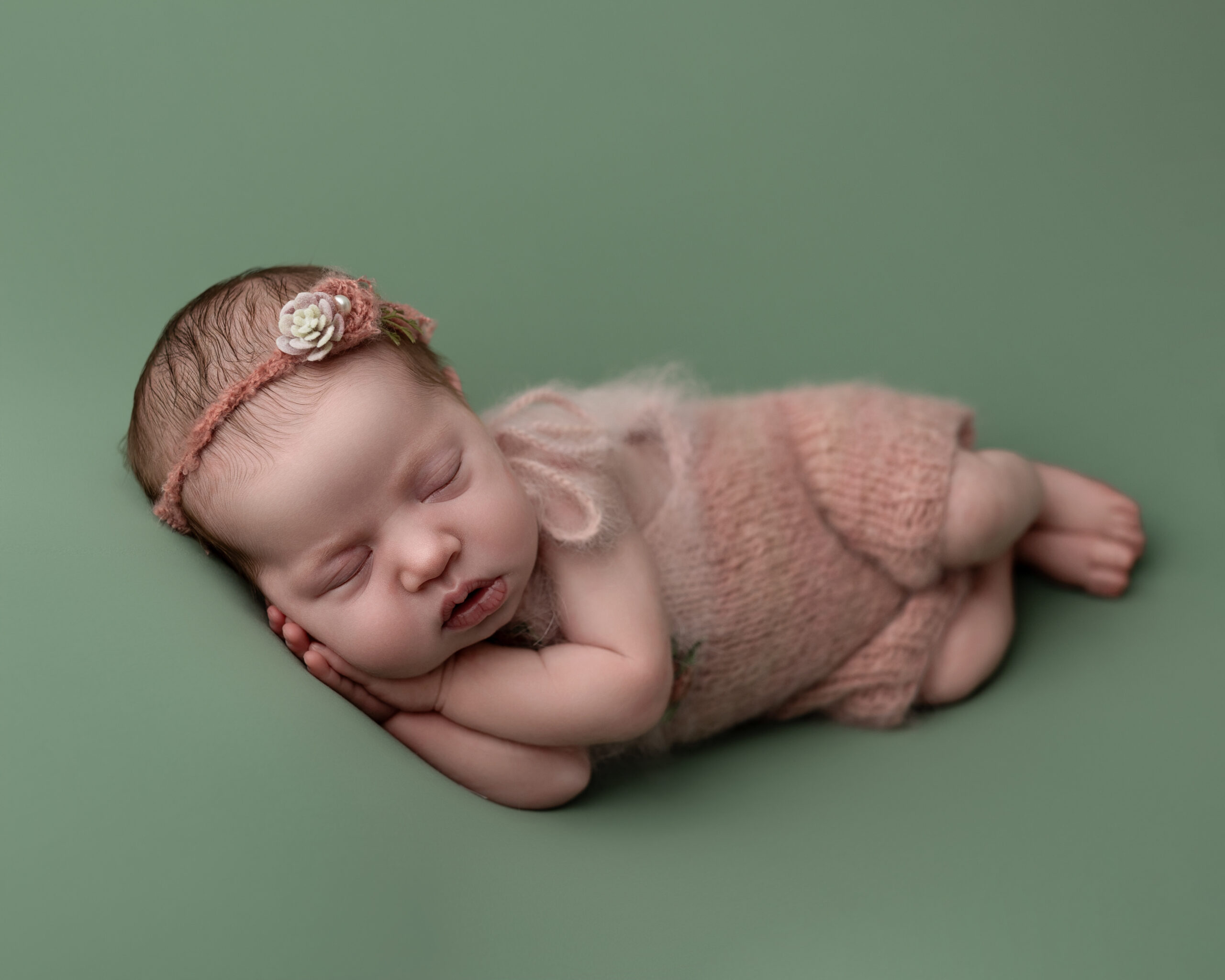As a new parent, learning about safe sleep positions for babies is essential for your peace of mind and your baby’s well-being. Figuring out the best way to lay your newborn down to sleep can seem confusing, but with a few simple guidelines, you can create a cozy, secure environment for restful nights. Keep reading to learn tips to make sure your baby is sleeping safely and comfortably.
Why Safe Sleep Positions Matter
The safety of your baby during sleep is a top priority. Using safe sleep positions for babies from the start can have a significant impact on their overall health. According to experts, the proper sleep position can reduce the risk of SIDS, a leading cause of death for infants under one year of age. SIDS is often linked to unsafe sleep conditions, including incorrect sleeping positions, excessive bedding, or overheating.
The Best Safe Sleep Positions for Babies
- Back Sleeping
When it comes to safe sleep positions for babies, placing your infant on their back to sleep is the gold standard. Back sleeping has been found to dramatically reduce the chances of SIDS and other sleep-related dangers. Experts, including the American Academy of Pediatrics (AAP), recommend placing babies on their backs for every sleep—whether it’s nighttime or nap time.
- Why About Side or Tummy Sleeping
While you might hear stories from family or friends suggesting that babies sleep better on their stomachs or sides, these positions are not safe during the early months. Side sleeping can lead to accidental rolling onto the stomach, which increases the risk of suffocation. Tummy sleeping, in particular, can obstruct a baby’s airway, putting them at higher risk for SIDS.
How to Create a Safe Sleep Environment
Ensuring that your baby sleeps in a safe environment is just as important as choosing the right sleep position. Here are a few tips to create a safe sleep space:
- Firm Mattress
Use a crib or bassinet with a firm, flat mattress. Soft surfaces like couches, adult beds, or pillows can increase the risk of suffocation.
- No Loose Bedding or Soft Objects
Keep the sleep area free from blankets, pillows, stuffed animals, and bumper pads. These items can pose a suffocation hazard.
- Sleep Sack or Swaddle
Instead of loose blankets, opt for a wearable blanket or sleep sack to keep your baby warm. Swaddling can be effective for newborns but should stop once your baby shows signs of rolling over.
- Room-sharing Without Bed-sharing
The safest place for your baby to sleep is in their crib or bassinet in the same room as you. Room-sharing can reduce the risk of SIDS but avoid bed-sharing, as it increases the risk of suffocation or accidental injury.
Final Thoughts
By following these safe sleep practices, you’ll reduce the risk of SIDS and help your baby establish healthy sleep habits from an early age. These safe sleep positions for babies also ensure they can sleep soundly and comfortably, giving both of you the opportunity for peaceful, restful nights. Don’t hesitate to reach out to your pediatrician with any concerns or questions to make sure you’re providing the safest sleep environment for your newborn.
Don’t miss the chance to document these precious moments of your baby. Contact me to book your newborn photography session today!




